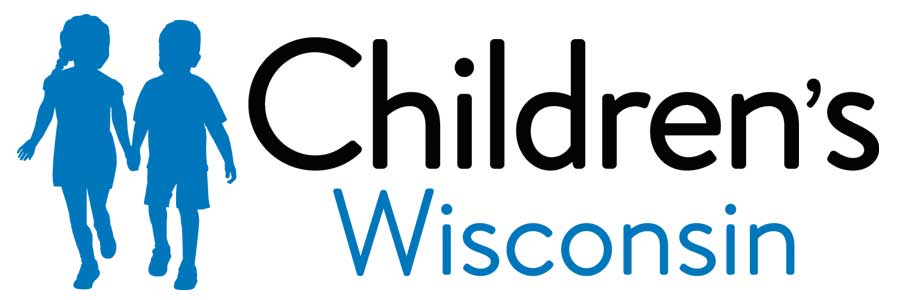Kangaroo care
Key points below
What is kangaroo care?
Kangaroo care is a special way of holding your baby on your bare chest. Your baby already knows you by the way you smell, your touch, and the way your voice and heartbeat sound. They are most comfortable being close to you. Kangaroo care is safe for babies who are stable. Children’s Wisconsin encourages both parents to hold their baby skin-to-skin every day for at least an hour, or preferably longer as they are calm. Kangaroo care is a special way that only you can care for your baby.
Watch a video on kangaroo Care by following this QR code:

Why do kangaroo care?
Kangaroo care can help your baby:
- Be more calm and soothed.
- Breathe easier and keep warm.
- Sleep longer.
- Avoid infection.
- Breastfeed.
- Gain weight better.
- Stay in the hospital for less time.
Kangaroo care can also help you. It helps you:
- Feel closer to your baby.
- Feel more satisfied as a new parent.
- Feel more confident about caring for your baby.
How is it done?
1. Wear a shirt or jacket that opens in the front.
2. Take off your baby’s clothing and keep a diaper on your baby.
3. Place your baby in an upright position on your bare chest with your baby facing you.
4. Sit in a recliner, cover your baby’s back with a blanket. Relax and enjoy!
5. The equipment and monitors that your baby has will not change during kangaroo care.
How often can I do it?
This will depend on how well your baby does during kangaroo care. Plan the times with your baby’s nurse. Plan for at least one hour because it gives your baby enough time to sleep during kangaroo care. Your baby’s nurse will check with you often to see how your baby is doing.
Kangaroo care is a quiet time to be enjoyed by you and your baby. Avoid doing other things during kangaroo care, like rocking, talking on the phone, or watching TV. During this special time, we suggest you quietly talk to your baby, sing, or read a book to help your baby’s brain grow.
Should I continue kangaroo care once I leave the hospital?
Yes, hold your baby skin-to-skin at home. You and your baby can share this closeness any time you like. It’s good for you, your baby, and your relationship as parent and child.
